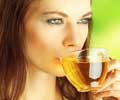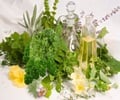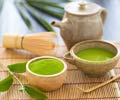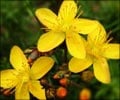The most popular herbal medicines used Down Under include aloe vera, garlic and green tea, according to a new study.
Led by Professor Charlie Xue of RMIT University and colleagues, this first of its kind study surveyed 2526 people in Victoria on their use of the 24 most common medicinal herbs in Australia.Results indicated that in the last one year, 22.6 percent of participants had used at least one of the herbs.
And the highest use was reported among 35 to 54 year-olds who were university-trained, and those whose annual earnings were between 60,000 to 80,000 Australian dollars.
Aloe vera, garlic and green tea turned out to be the most popular herbs, each used by about 10 percent of participants.
There were more popular herbs including echinancea, ginger, peppermint, ginseng, gingko biloba, evening primrose, dandelion and St John’s wort.
Over 90 percent of study participants were found to believe their herbal medicine had been helpful in enhancing their general health and wellbeing, or providing relief from specific medical conditions.
Advertisement
In his opinion people went for herbal help to treat chronic conditions, and the most common among them are skin problems, sleep disorder, anxiety, stomach, cold, flu and fever.
Advertisement
On the other hand, they tended to rely more on recommendations from others, including the internet, friends and family.
The study is published in the current issue of the journal Pharmacoepidemiology and Drug Safety.
Source-ANI
SRM














